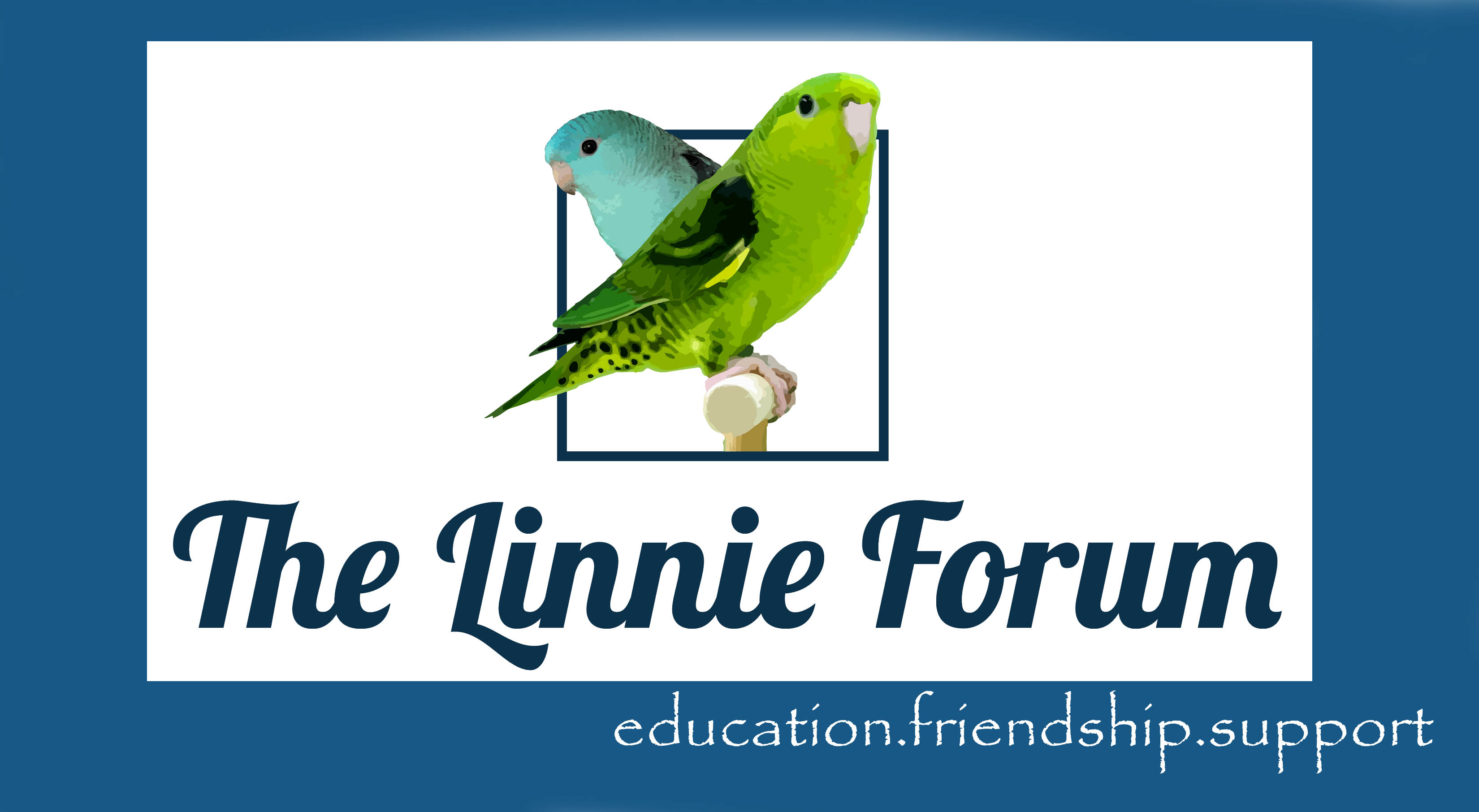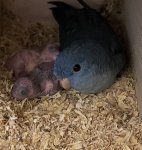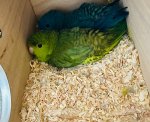I have been a Linnie & Caique owner for about 13 yrs. In the past I have owned cockatiels and parakeets as well so I do have bird experience however I have no experience breeding. I recently purchased a breeding pair of linnies off of Craigslist. Now that I have them I have been studying everything I can find about breeding,genetics and pairing,diet etc… mostly on this wonderful forum and equally fantastic Eddie’s Aviary website. I now realize Craigslist was not the best place to acquire breeding stock! I know nothing about their parents and the birds are not banded. I was told they are wonderful parents. The female is cobalt and the male is dark green with grey wing mutation sf I think. From the reading I’ve done this seems to be an ok pairing. I was told they produce turquoise and olive babies but couldn’t they also produce cobalt and dark green? I have read the genetics info many times but feel quite overwhelmed still. I have not been able to figure out the genetics calculator. I am wondering if it is possible to know the colors of babies they are able to reproduce without knowing anything about their parents. Thank you in advance!!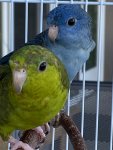
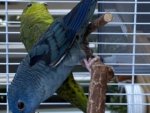
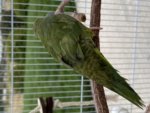



Last edited:
